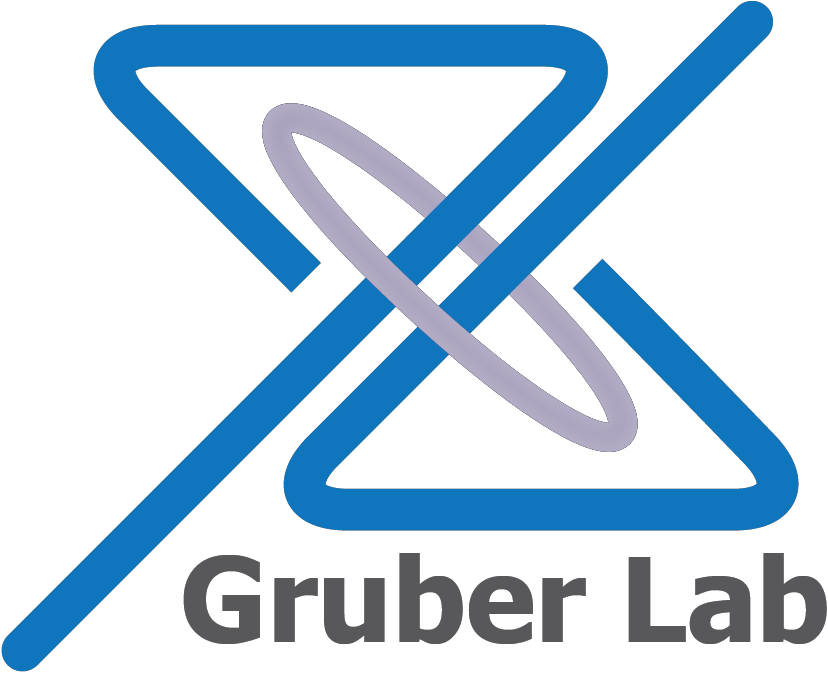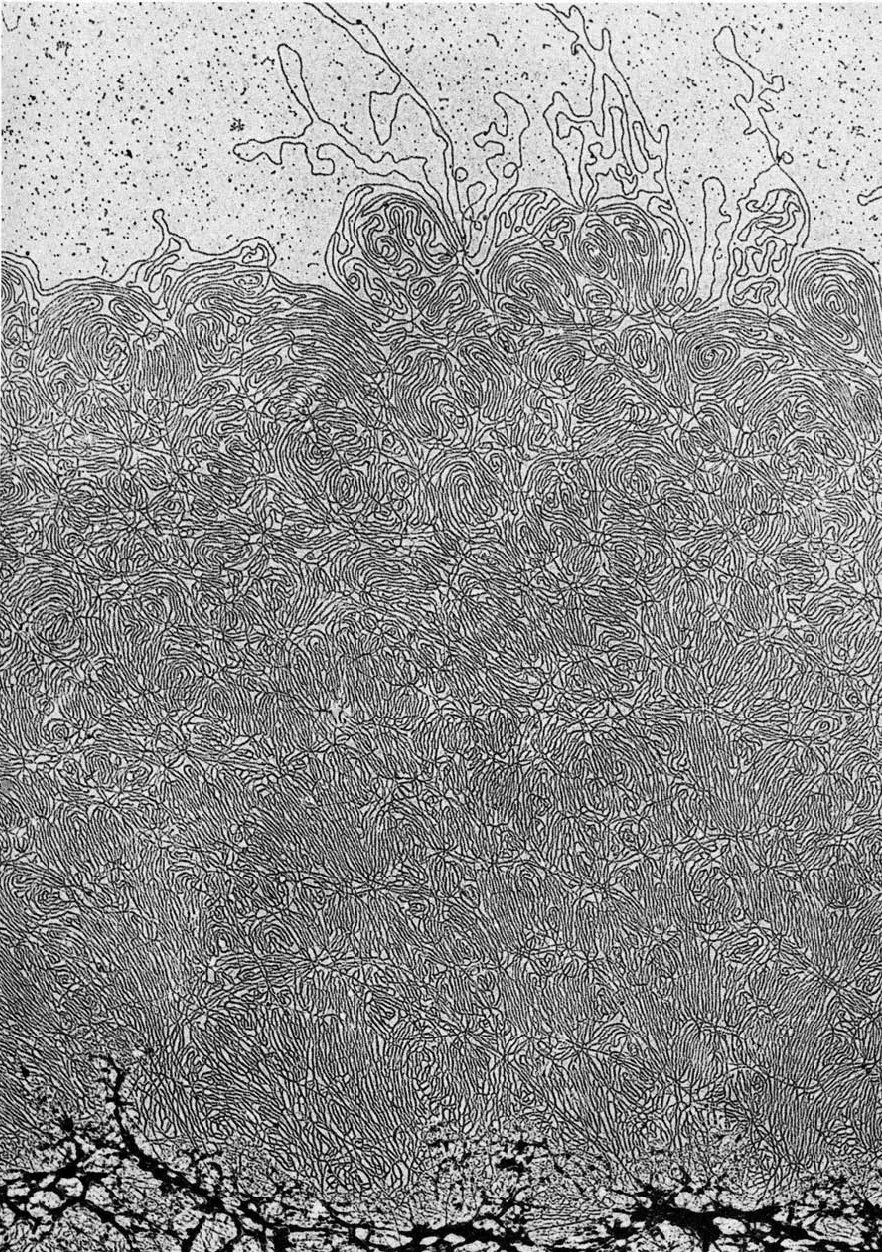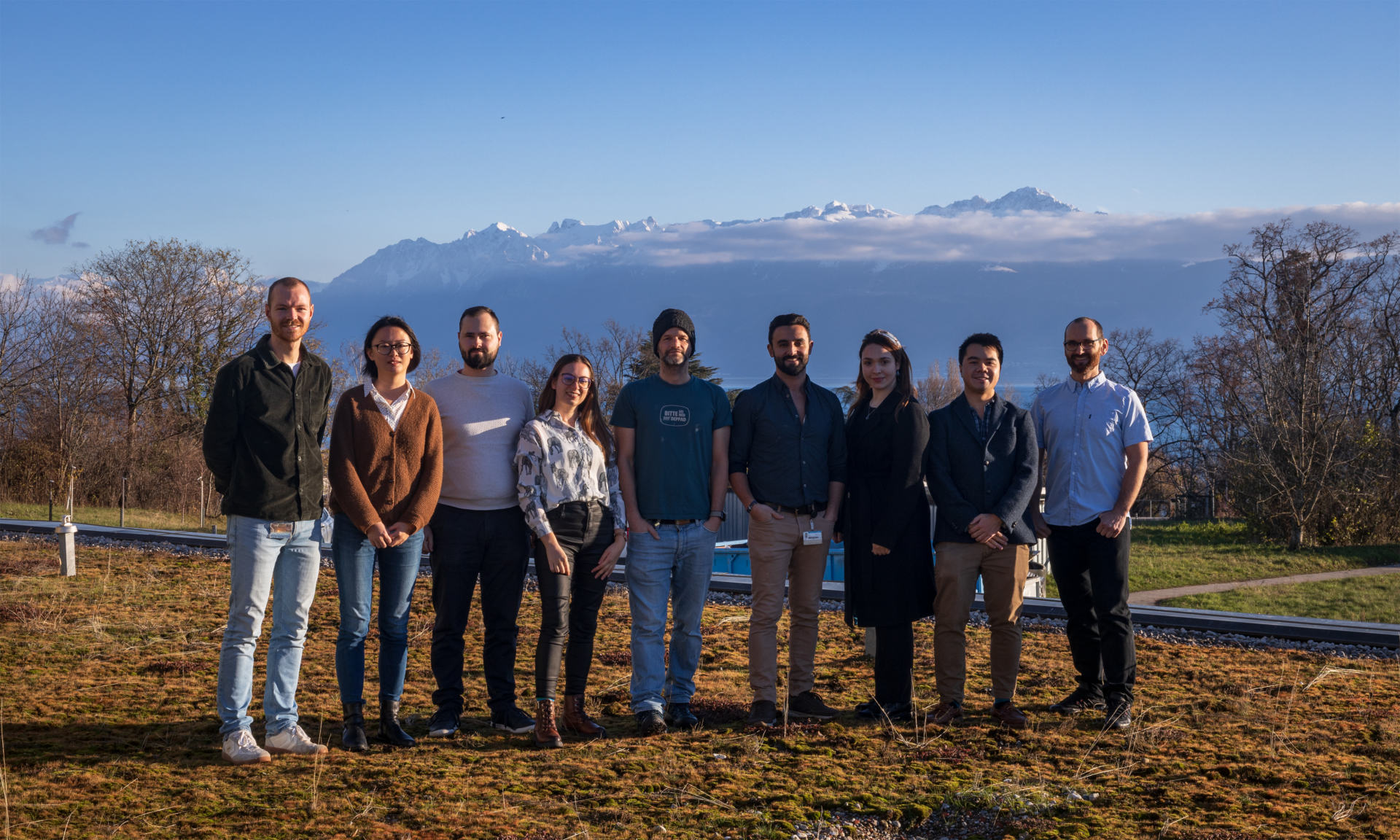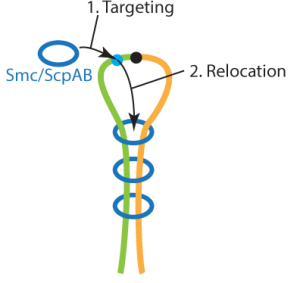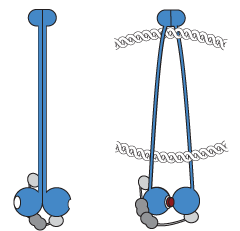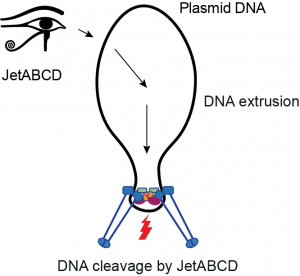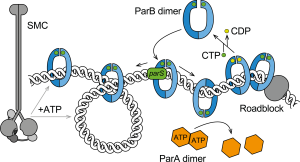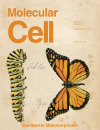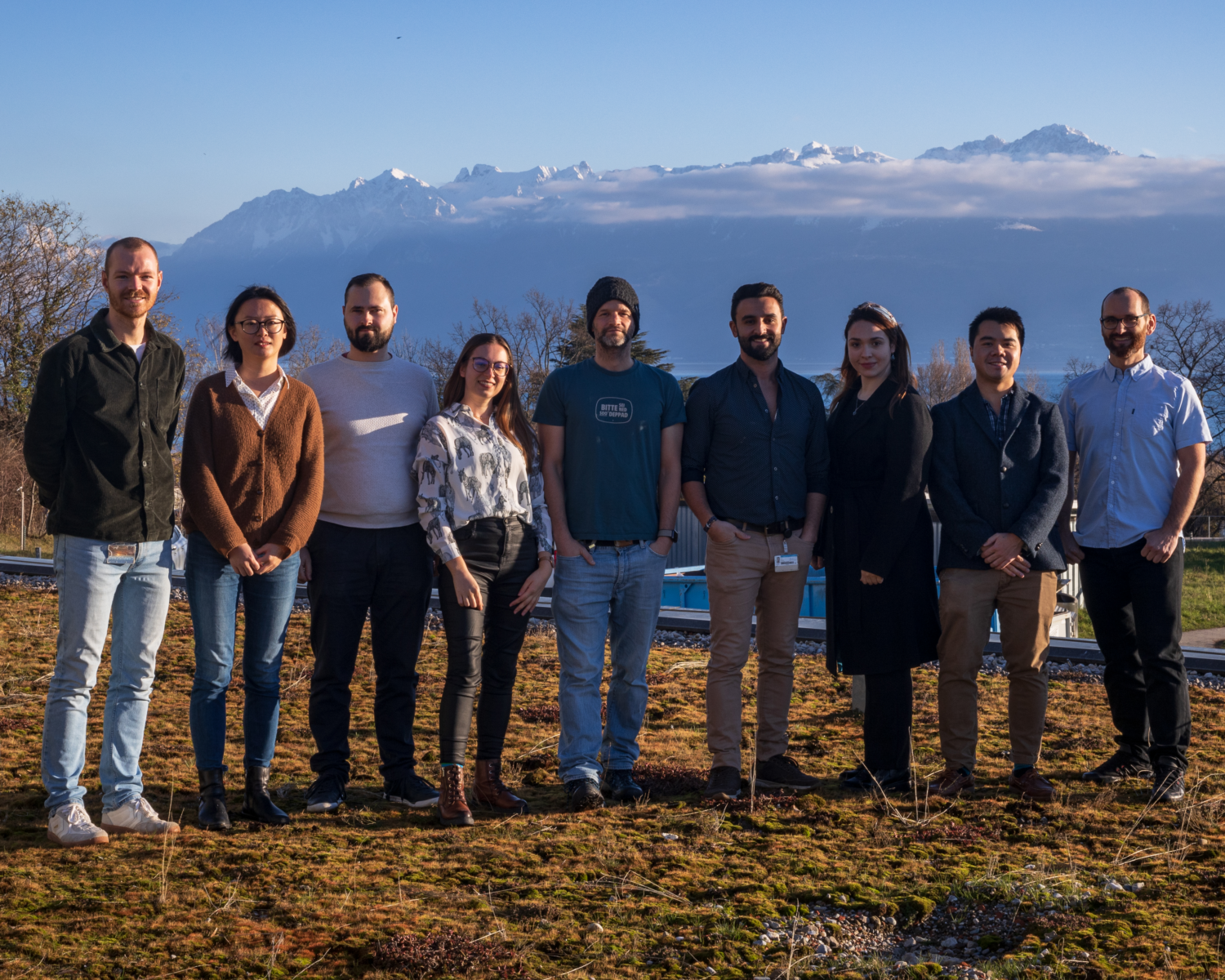
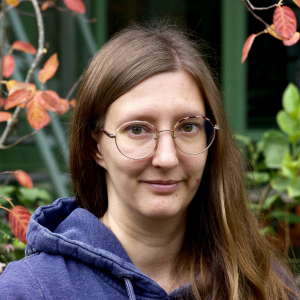 |
Alice Deshayes
alice.deshayes[a]unil.ch
+41-21-692-5611
2018-2023 – PhD, Marcand lab, Institut de Biologie François Jacob, CEA, Paris, France
2016-2018 – MSc Genes, Cells and Development, Paul Sabatier University, Toulouse, France.
|
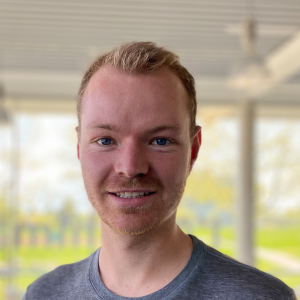 |
Joe Dickinson
joe.dickinson[a]unil.ch
+41-21-692-5611
2020-2022 – MSc Molecular Life Sciences – University of Lausanne, Switzerland
|
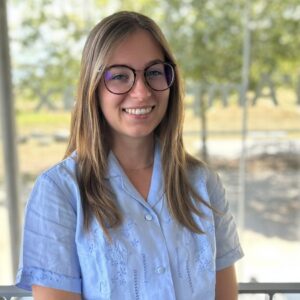 |
Ophélie Gosselin
ophélie.gosselin[a]unil.ch
+41-21-692-5611
2017-2019 – MSc Biochemistry, Molecular and Cellular Biology – UC Louvain, Belgium
|
 |
Stephan Gruber
Short CV
stephan gruber unil ch
+41-21-692-5601
OrcID, WebOfScience, ResearchGate, Google Scholar
|
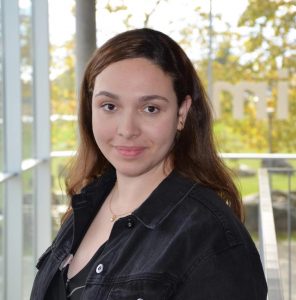 |
Maya Houmel
maya.houmel[a]unil.ch
+41-21-692-5611
2018-2020 – MSc Genetics, Magistère Européen de Génétique, University of Paris, France
|
 |
Yan Li
yan.li[a]unil.ch
+41-21-692-5611
2015-2019 – PhD, Panne lab, EMBL Grenoble, France
2010-2013 – MSc Structural Biology – University of the Chinese Academy of Sciences, Shanghai, China
|
 |
Hon-Wing Liu
hon-wing.liu[a]unil.ch
+41-21-692-5611
2015-2020 – PhD, Uhlmann lab, The Francis Crick Institute, London, UK
2011-2015 – MA MSc Biochemistry – University of Cambridge, UK
|
 |
Florian Roisné-Hamelin
florian.roisne-hamelin[a]unil.ch
+41-21-692-5611
2016-2021 – PhD, Marcand lab, Institut de Biologie François Jacob, CEA, Paris, France
2014-2016 – MSc Genetics & Cell Biology- University of Lyon 1, France
|
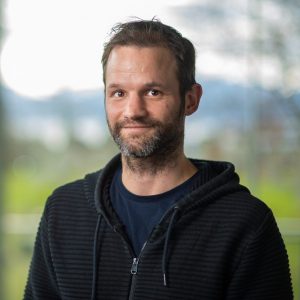 |
Michael Taschner – Research scientist
michael.taschner[a]unil.ch
+41-21-692-5611
2010-2017 – Postdoc – Lorentzen lab, Max Planck Institute of Biochemistry, Munich, Germany
2005-2009 – PhD Biochemistry – Svejstrup lab, UCL, UK
2000-2004 – Diploma Biology – University of Vienna, Austria
|
Former lab members
Anna Anchimiuk (PhD student), Socorex Isba, Lausanne, CH
Alrun Basfeld (Intern), WuXi Biologics, Leverkusen, Germany
Mélanie Beraud (Postdoc), Université de Mons, Mons, Belgium
Martin Blettinger (Technician), Hexal Sandoz, Munich, Germany
Florian Bock (PhD student), FITInnotrek POC fellow, Lausanne, CH
Frank Bürmann (PhD student), Welcome Trust group leader @ University of Oxford, UK
Marie-Laure Diebold-Durand (Postdoc), CNRS Researcher @ IGBMC Strasbourg, France
Alexandre Durand (Postdoc), Cryo-EM Facility Manager – Inserm @ IGBMC Strasbourg, France
Victor Gimenez-Oya (Postdoc), LMU Munich, Germany
Franziska Kemter (Postdoc), Senior Scientist, Lonza, Visp, CH
Daniel Meyer (Technician), Technician, Max Planck Institute for Quantum Optics, Munich, Germany
Anita Minnen (PhD student), Policy & Programme Officer, Dutch Research Council, Utrecht, NL
Nicolas Pellaton (Intern), PhD student, Bern, CH
Laura Ruiz Avila (Postdoc), Granzer Regulatory Consulting, Munich, Germany
Jae Shin (Postdoc), Senior Scientist, NanoLund, Sweden
Young-Min Soh (Postdoc), Senior Scientist, Meso Scale Diagnostics, US
Chris Toseland (Postdoc), Professor, University of Sheffield, UK
Roberto Vazquez Nunez (PhD student), Postdoc @ MIT, US
Larissa Wilhelm (PhD student), Pharmacovigilance, Novartis, Vienna, Austria
